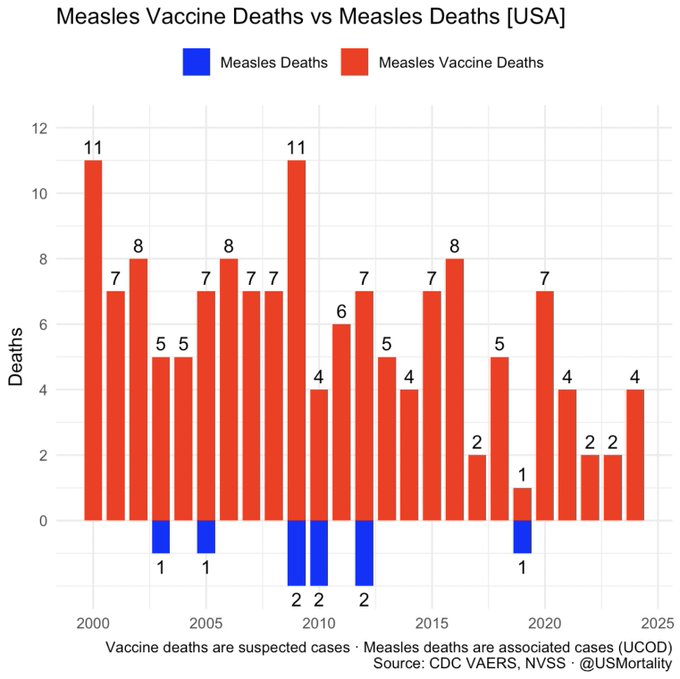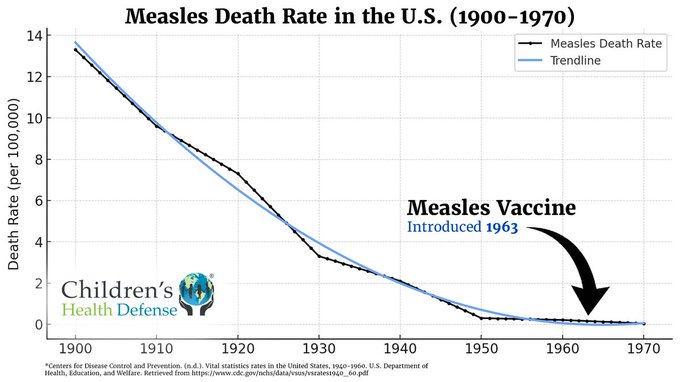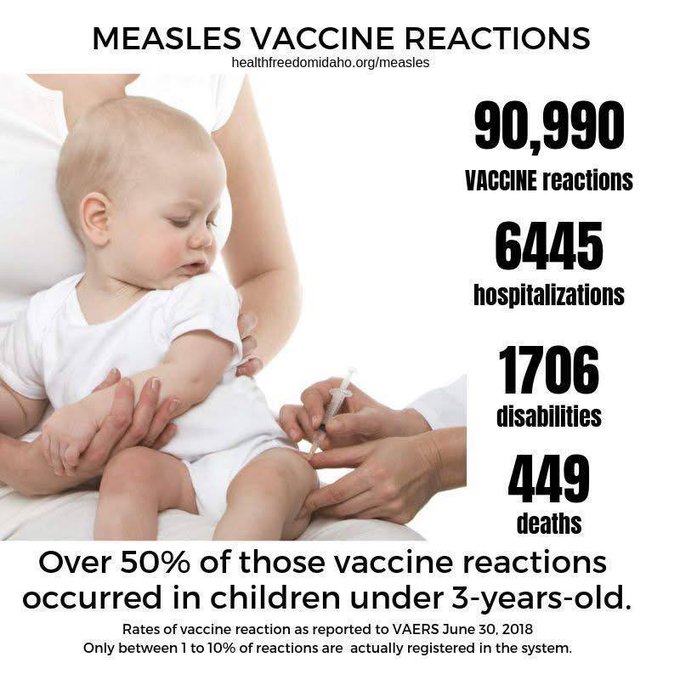There has been a lot of recent hype surrounding a measles outbreak in TX, that’s being blamed on a German speaking Mennonite community that doesn’t follow the recommended vaccination protocol.
Health officials blamed two un-vaccinated travelers as the source of the outbreak. Yet, measles cases didn't surge immediately, they spiked past 50 only after a mass MMR (measles, mumps, and rubella) vaccination campaign was launched.
So did the vaccination
campaign amplify the outbreak? Studies show that MMR recipients can shed
measles RNA for up to 29 days post-vaccination. If vaccine-strain measles was
spreading, could it have contributed to rising case numbers?

PCR & serology tests don’t distinguish between vaccine-strain and wild-type measles. Even the World Health Organization (WHO) guidelines acknowledge that only molecular techniques can differentiate between vaccine-strain and wild-type measles, yet such testing is rarely performed during outbreaks.
Dying ‘with’ a virus and dying ‘from’ a virus is a huge distinction. In the past 25 years, very few deaths have been attributed to measles in the US, and even those cases lack confirmation that measles was the primary cause, let alone whether the strain was vaccine-derived or wild-type. Conversely, the Vaccine Adverse Event Reporting System (VAERS) has recorded hundreds of deaths following MMR vaccination. Estimates suggest that only 1% of actual cases are reported.
In our effort to eradicate a benign, childhood illness that once conferred lasting immunity, “experts” have instead created an epidemic of vaccine-induced harm. The hysteria over measles is not only misguided it is a calculated distraction from the devastating consequences of mass vaccination.
In 19th Century America tens of thousands died with, or of, measles annually. By 1960, and before the vaccine’s introduction, improvements in sanitation and nutrition had eliminated 98% of measles fatalities. Good nutrition remains a best defense against most chronic and infectious illnesses. Vitamins A, C, and D, and foods rich in vitamins B12, C, and E should be part of a balanced diet.


